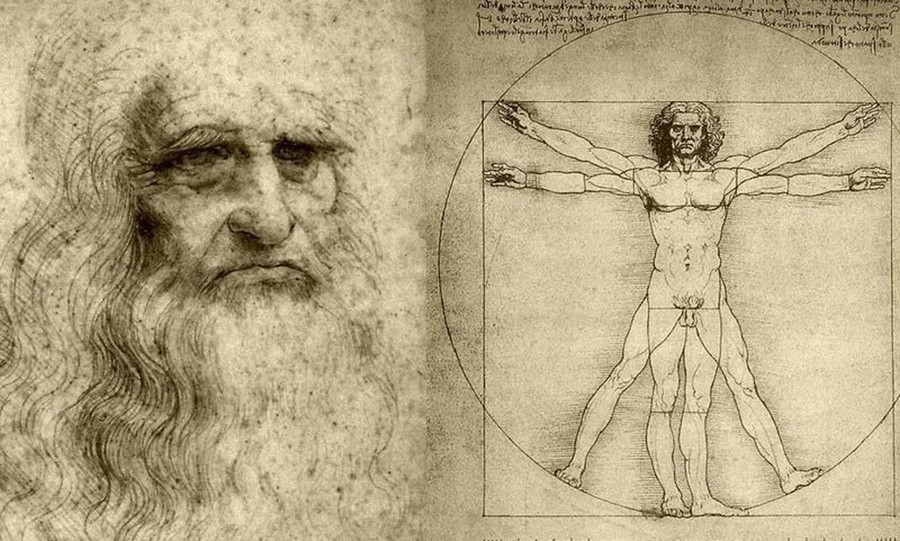Archaeological discoveries often open windows into the past, revealing stories of human life, death, and culture. One such poignant narrative comes from Vedbaek, Denmark, where the burial of a young woman and her newborn baby, dating back 7,000 to 6,000 years, sheds light on the customs and emotional depth of an ancient community.
The Discovery
The site in Vedbaek, discovered during excavations, features the remains of a woman who was around 20 years old at the time of her death, and her newborn child. Their burial tells a story not just of loss, but also of the reverence with which this community treated their dead. The evidence suggests that the woman likely died in childbirth, a tragic but not uncommon occurrence in prehistoric times.
The Burial Artifacts
The young woman’s grave was adorned with 200 red deer teeth placed by her head, likely part of a decorative headdress or garment. This significant number of deer teeth indicates a high status or a special role within her community, as collecting such an amount would require considerable effort and resources.
The newborn, lying next to its mother, was placed in a position of tender care, cradled within the wing of a swan. This touching detail symbolizes purity, protection, and possibly a belief in an afterlife where the child would be safeguarded. Additionally, a small flint knife was found at the baby’s hip, a poignant inclusion that may signify a rite of passage, even in death, or serve as a tool for the afterlife.
Cultural Significance
The elaborate nature of this burial reflects the importance of both the woman and the child to their community. The use of animal symbols, like the red deer and the swan, highlights the connection these ancient people had with their natural environment and the symbolic meanings they attached to these creatures.
Red deer were likely seen as powerful and significant, perhaps representing strength, status, or fertility. The swan, with its elegant form and ability to traverse water and air, might have been seen as a guide for the soul, leading the deceased to a peaceful afterlife.
Insights into Prehistoric Life
This burial site offers invaluable insights into the social structure, spiritual beliefs, and daily life of the people living in Vedbaek thousands of years ago. The care taken in the burial process and the inclusion of significant grave goods suggest a complex society with rituals and beliefs centered around death and the afterlife.
Moreover, the presence of the flint knife indicates the practical aspects of their lives, where such tools were essential for survival. Its placement with the infant might also hint at cultural practices regarding inheritance or the importance of equipping the dead for their journey beyond life.
The ancient burial of a young woman and her newborn baby in Vedbaek, Denmark, stands as a testament to the deep emotional and cultural currents that flowed through this early human society. It encapsulates a story of life, death, and the enduring human spirit, offering a glimpse into a time when the line between the living and the spiritual worlds was both revered and meticulously honored. As we uncover more about such burials, we continue to piece together the vast mosaic of human history, enriched by the traditions and beliefs of our ancestors.







